
Featured Photo by Chris Ford / CC BY-NC 2.0
This guide is meant to teach you how to propagate White Elm (Ulmus americana) and hopefully make it easier for you to sell them at your own nursery.

Hardiness Zone: 2 – 9

Soil Type: Well-drained, Chalk, Clay, Loam, Sand.

Water: Normal. Drought Resistance

Exposure: Full Sun
White Elm (Ulmus americana) is a deciduous tree hardy up to hardiness zone 2. There are a few characteristics that can help you identify white elm.
How to Identify White Elm (Ulmus americana)
Bark
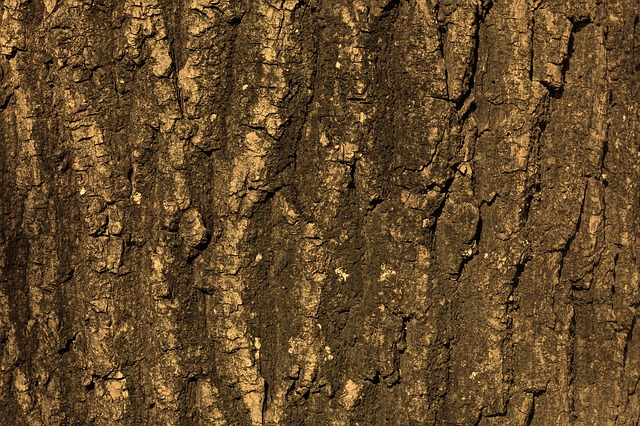
Even from a young age, white elm bark is furrowed, and as it ages, the furrows deepen. Bark colors range from grey to brown.
Leaves
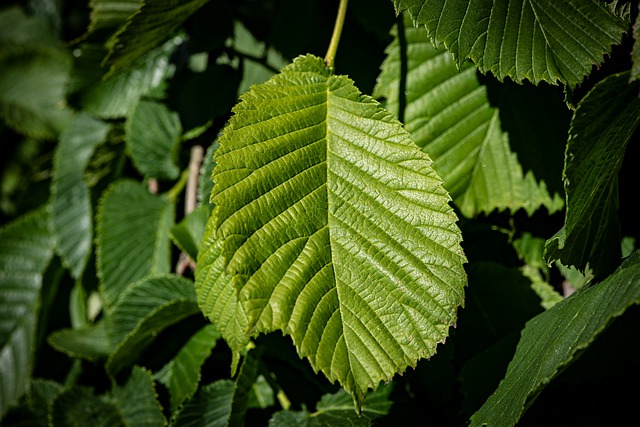
White elm leaves are asymmetrically egg-shaped (ovate), have doubly serrated margins, and grow in an alternate arrangement. They grow up to 20 cm (7.9 in) long and each has a fine tip.
Flowers
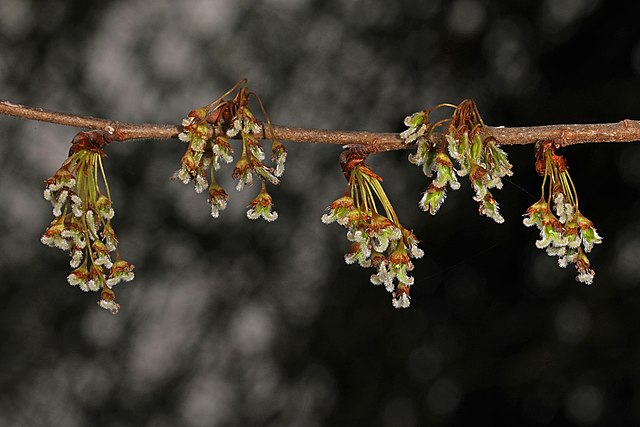
White elm flowers emerge first, before the leaves. They form dangling clusters of 5 to 15 flowers, on at least 1-year-old branches. There is no visible petal on the flowers but later they produce winged seeds/fruits.
Fruit
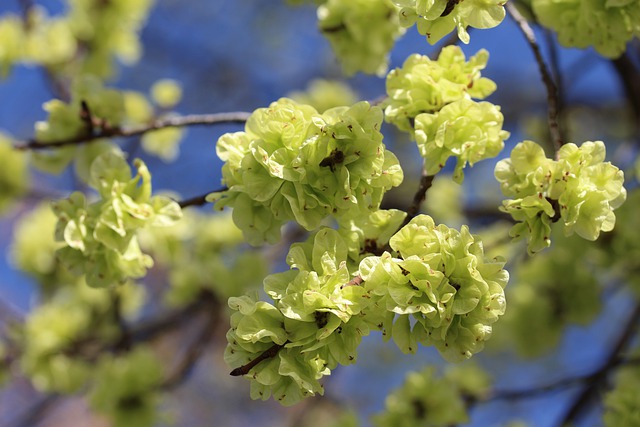
White elm flowers turn into winged seeds that can be considered fruit. These flat seeds are called samara and are evolved to get picked up and dispersed by the wind.
If you look closely, white hairs grow all the way around the leaf edges.
Habitat
White elm naturally grows in a wide range of habitats.
Most notably rich bottomlands, floodplains, stream banks, and swampy ground.
Other good spots to look for natural white elm trees are on hillsides, uplands, and other well-drained soils.
In urban settings, white elm was a top choice for landscaping trees many years ago. They often create living archways over streets.
There’s a chance you have some in your neighborhood if you live in a big city. You could always go for a walk and try to identify a tree, then bring back some seeds to propagate.
If you look at their habitat range on the USDA Plants Map, they are grown on almost the entire mid to eastern side of the U.S. and Canada.
Lifespan
White elms are extremely hardy trees with an impressive lifespan of 175-200 years.
Under optimal settings and care, some trees live over 300 years!
Commercial value
White elm lumber is coarse-grained, heavy, and strong. But it lacks durability, warps, and splits badly in seasoning.
Despite that, you can still use it to make crates, barrels, some furniture, and veneers. You can also use it as firewood.
Its true commercial value is due to its long lifespan and growth characteristics. They make great trees for erosion prevention and their widespread is useful as windbreaks, and shade trees.
White elm makes great ornamental trees for street sides and provides shelter for wildlife.
Dutch Elm Disease
Growing white elm does come with a risk though: Dutch Elm Disease.
The disease is still a threat today, but fortunately, there are DED-resistant elm cultivars available: Ulmus americana ‘princeton, and Ulmus americana ‘liberty.
Two insects are responsible for transmitting DED: the native elm bark beetle (Hylurgopinus rufipes) and the European elm bark beetle (Scolytus multistriatus).
The disease itself is a fungus that causes a reaction within elm trees. The reaction plugs their xylem tissues, which effectively starves the tree of water and nutrients, ending in eventual death.
Wildlife Value
White elm is a beneficial tree for a variety of mammals, birds, and insects.
While it’s not a preferred browse, deer, moose, and rabbits will occasionally chew on the twigs and leaves.
Seeds are eaten by a variety of small birds.
The flowers and fruits are also eaten by mice, squirrels, opossum, and grouse.
Some species of insects like the spiny elm caterpillar use white elm as a host.
Other species like the elm zigzag sawfly feeds exclusively on elm, but be wary, they are an invasive species.
Best Way to Propagate White Elm (Ulmus americana)
How to Propagate by Seed
One sure way to propagate white elm is by planting its seeds.
If you can’t buy seeds online, you can harvest some yourself.
Additionally, while some seeds stay dormant through winter, you don’t need to cold-stratify white elm seeds.
How to Harvest White Elm Seeds
You can get seeds from the ripe fruits from Mid-march (Southern U.S.) to Mid-June (Northern U.S. & Canada)
Here’s what they look like:
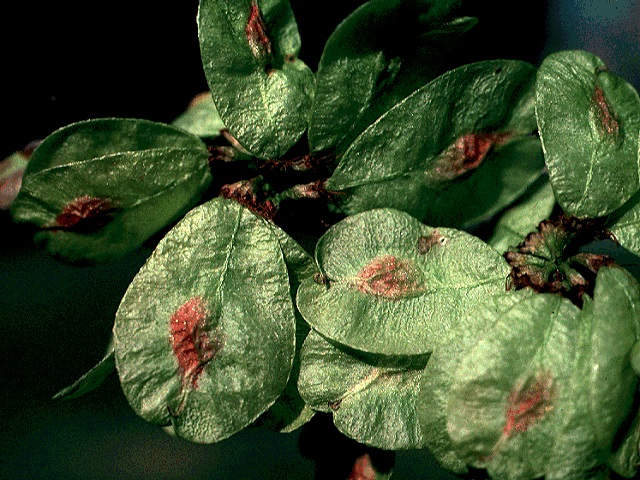
After you harvested some seeds from the tree, place them in a brown paper bag to dry. It can take from a couple of days to a week.
Once they have dried, you can pop open the seed pods to extract the seed inside.
Alternatively, you can order Ulmus americana seeds online here at treeshrubseeds.
White Elm Seed Germination
You’ll need to reproduce the natural process for the highest success with seed germination. Here’s how to do it in 3 easy steps:
- Scarify: Soak in water, let stand in water for 24 hours
- Stratify: Place in ziplock bag with a little bit of sand, moisten, then keep in regrigerator for 30 days. (You can also plant directly without cold stratification, but a 30 day stratification increases success rate)
- Germinate: Sow seed 1/8 inch deep , tamp the soil, then mulch the seed bed.
After that, keep even moisture throughout the growth cycle (don’t allow it to completely dry). Give it a 6-12 day period before germination.
Finally when they’re ready to transplant, 6-12 inch deep pots filled with 50/50 peat moss/sand is perfect.
Alternatively, you can just place them in pots with compost/sand outside during the winter. It’s important to make sure they don’t dry out and that they’re safe from vermin.
That way they’ll germinate the following spring.
How to Propagate White Elm with Cuttings
The easiest way to propagate white elm with cuttings is with semi-hardwood. That’s new year growth that’s gone partly hard.
Very important: Take your cuttings only from young, healthy plants. Older trees lose their ability to regenerate over the years.
Timing is also key. You want to start your cuttings after blooms have disappeared entirely and new leaves appear fully formed.
The ideal time to take white elm cuttings ranges from the end of May to the end of August.

- First, identify a branch that’s got new growth on it. Inspect closely to see the difference between old growth and new growth.
- Find a piece of branch that’s not firm, brown old growth, it’ll be green but by now it will have gone semi hard.
- Snip a cutting just below a node, make sure the width of the cutting is not too thin, 1/4 inch width is fine, and they should be 6-8 inches long. Remove leaves except for 1-2 at the top, if they are too big cut the leaves in half.
- Wound the base of the cuttings with a vertial line on opposite sides, about 1 inch long.
- Dip in rooting hormones and then plant into your sandy propagation beds.
- Keep watering the rooting medium, sand shouldn’t be too wet but it should stay moist.
- With proper warmth and moisture, roots should form within 4-6 weeks.
Recommended rooting medium: Peat moss or sand with perlite mix.
That’s it, that should have you covered to multiply your trees!
Let’s go propagate white elm!
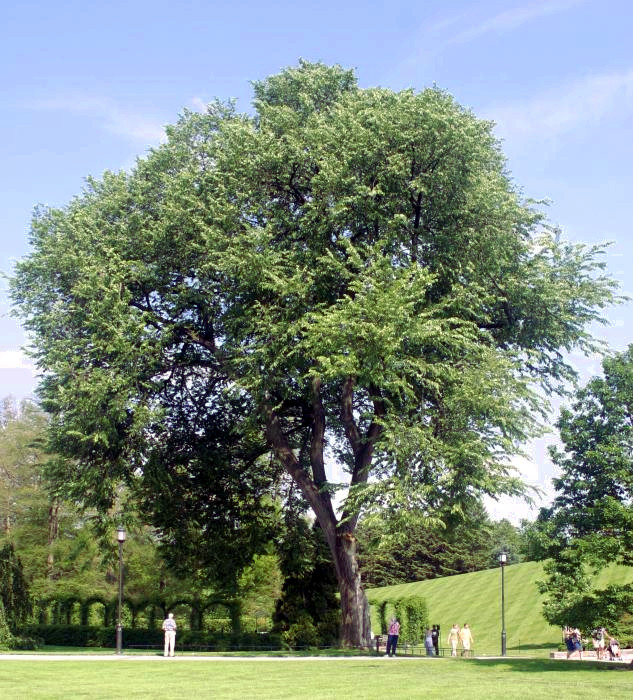
Got any questions or tricks to add? Don’t be shy to comment below and spark up a conversation!

Propagate American Elm (Ulmus americana). I have not propagated my own yet, but I have seen some of them in my yard in Caroline County Maryland, USA, and read the literature on them from the Peterson Field Guide’s “Trees and Shrubs”, by George A. Petrides.
My postal code is 21639.